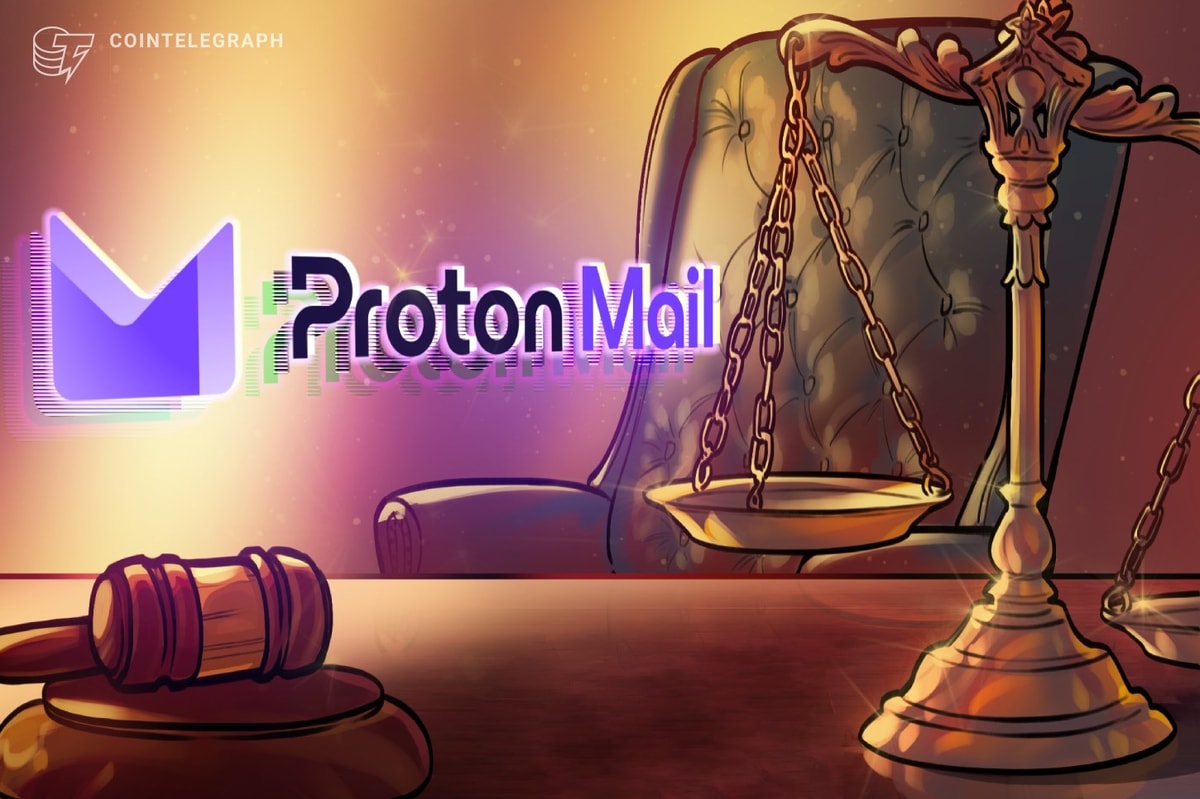Web 3.0 integrating blockchain technology can aid the trillion-dollar media and entertainment industry by democratizing the industry. Thereby helping with copyright infringement, monetizing content, and much more. But despite the hype, the blockchain segment remains ‘un-exposed.’
The global media and entertainment industry has recently undergone a digital revolution. Today’s consumers expect immersive content on demand tailored to their preferences and available anytime, anywhere. Meanwhile, the rapidly increasing number of players and entertainment options lead to subscription fatigue. So what does it take for a media and entertainment company to stay relevant and competitive in today’s ever-evolving market? A human-driven approach? Cutting-edge technology? Personalized storytelling? or seamless connectivity?
The answer can be a combination of all these factors under the same roof but with a blockchain twist. Whether it’s new age media cloud OTT, quality of experience connectivity, or security, the future of media and entertainment with the integration of blockchain.
So here’s a deep dive into how blockchain can play a crucial role in transforming the Media and Entertainment (M&E) industry. More so in aiding the ever-growing industry.
2021 saw unprecedented traction in the ever-evolving industry across the globe. Herein, the Media and Entertainment market is worth $2.20 trillion as of 2021. The market size of the U.S. Media and Entertainment industry is $717 billion. The U.S. Media and Entertainment industry can grow by a CAGR of 8.90% through 2030.
Australian Consumers spent more than $30 billion, marking a 6.23% hike from the previous year. This was the highest single-year leap in the history of the E&M Outlook, per a report from PwC Australia.
“The largest contributor to consumer spending remains internet access followed by Games and Subscription TV, which made up nearly 60 percent of the remaining A$14.0 billion, both of which are expected to see significant continued growth through the forecast period.”

The growth for the entertainment and media industry stands at 5.50 percent in 2022, reaching a market share of $32.66 billion, according to PwC Australia’s forecast.
The said growth aligned with the sheer transformation within the said industry. Creators need to create content faster than ever before. There’s more content being created than ever before. And so, the entertainment industry, in general, is looking towards technology as a way to empower the creative community.
Simon Crownshaw, the lead for Media and Entertainment Strategy at Microsoft, in a YouTube video stated:
“We’re seeing massive disruption in the way that content is consumed, and I think that’s only going to continue. There’s gonna be constant thinking about how we get more and more people to be involved in that content creation process. And then if you layer on top of that, I need to collaborate across borders, for example, to make sure those things happen in real-time because I need to get that stuff done much more quickly.”
Blockchain Technology’s Role in the M&E Industry
Given the growth of the discussed industry and the need for the latest technology, Blockchain continues to play a critical role in further democratizing the rapidly growing M&E space.
As to understanding how blockchain can help the entertainment industry, here’s a straightforward narrative. The attractive attribute of blockchain is that a middleman is being taken out of the industry, given the decentralization aspect. Similarly, within the entertainment domain, the intermediaries’ role is enormous. So the connection between an artist in whatever form, whether a journalist, an entertainer, or a content creator- a middleman somehow enables their audience.
But with blockchain integration, the said cohort can connect directly with their audience. Hence helping creators to monetize their work further. Another exciting and direct applicability of blockchain is in digital rights management.
Protecting Rights
Digital rights management solutions today are complex as they need to be developed to support the diversity of the current business models, such as music download streaming services and set-a-box consumption via multiple devices. Today’s ownership and usage data are siloed with record companies, movie studios, publishers, distributors, and so on in fairly complex ways.
The interest of blockchain is really in using this technology and creating self-executing smart contracts that can make digital rights management for the entertainment industry transparent, accessible, easy to understand, and help in monetizing assets quickly.
A fun fact: one of the most popular shows, Game of Thrones Season 7, received over one billion views per a report on September 2017. Surprisingly, total legal views accounted for only 16 million, raising the need for blockchain tech to help monetize creators’ work.

The Intersection of Web3 and Content Creation
With the growing trend of demand for web3, the entertainment industry could also benefit. Web3 already allows different creators to engage with content never seen before. Further aims to offset creators and artists restricted by a business-first, conservative, risk-averse bureaucracy.
Speaking on this matter with BeInCrypto is Navdeep Sharma, the creator of ReelStar. Per the company’s claims, ReelStar is the first ‘everything app’ developed from the ground up on a decentralized web3 multi-blockchain platform with integrated live streaming, video sharing, peer-to-peer chat, audio/video calling, NFT minting, NFT marketplace, and a Digital Wallet with unique functionalities.
The app looked to ‘rebalance the economics of content creation, engagement, and value for both creators and the appreciators of their creativity with the help of blockchain technology.’
Thoughts on the Matter
Tokenizing the value of one’s creative work can vastly improve how it’s portrayed in the digital world. By creating content in NFTs, artists can take back control of their creations and how and where they are used.
Web3 can be the next technological step and has been touted as a new age to be revolutionized by blockchain. The technology is still new and has relatively less exposure to extreme conditions.
In addition, there needs to be more clarity regarding regulations around the niche segment. With the growing traction for blockchain technologies, be it web3, regulatory watchdogs can clamp down with stringent regulations. This may or may not question the “decentralization” concept behind this sector.
Disclaimer
All the information contained on our website is published in good faith and for general information purposes only. Any action the reader takes upon the information found on our website is strictly at their own risk.
Read More: news.google.com









 Bitcoin
Bitcoin  Ethereum
Ethereum  Tether
Tether  XRP
XRP  Solana
Solana  USDC
USDC  Dogecoin
Dogecoin  Cardano
Cardano  TRON
TRON  Lido Staked Ether
Lido Staked Ether  Wrapped Bitcoin
Wrapped Bitcoin  Sui
Sui  Chainlink
Chainlink  Avalanche
Avalanche  Stellar
Stellar  LEO Token
LEO Token  Toncoin
Toncoin  Shiba Inu
Shiba Inu  Hedera
Hedera  Wrapped stETH
Wrapped stETH  USDS
USDS  Bitcoin Cash
Bitcoin Cash  Litecoin
Litecoin  Polkadot
Polkadot  Hyperliquid
Hyperliquid  Binance Bridged USDT (BNB Smart Chain)
Binance Bridged USDT (BNB Smart Chain)  WETH
WETH  Bitget Token
Bitget Token  Monero
Monero  Ethena USDe
Ethena USDe  WhiteBIT Coin
WhiteBIT Coin  Pi Network
Pi Network  Wrapped eETH
Wrapped eETH  Coinbase Wrapped BTC
Coinbase Wrapped BTC  Pepe
Pepe  Aptos
Aptos  Dai
Dai  Bittensor
Bittensor  Uniswap
Uniswap  OKB
OKB  NEAR Protocol
NEAR Protocol  Ondo
Ondo  sUSDS
sUSDS  Official Trump
Official Trump  Gate
Gate  Internet Computer
Internet Computer  Ethereum Classic
Ethereum Classic  BlackRock USD Institutional Digital Liquidity Fund
BlackRock USD Institutional Digital Liquidity Fund  Aave
Aave